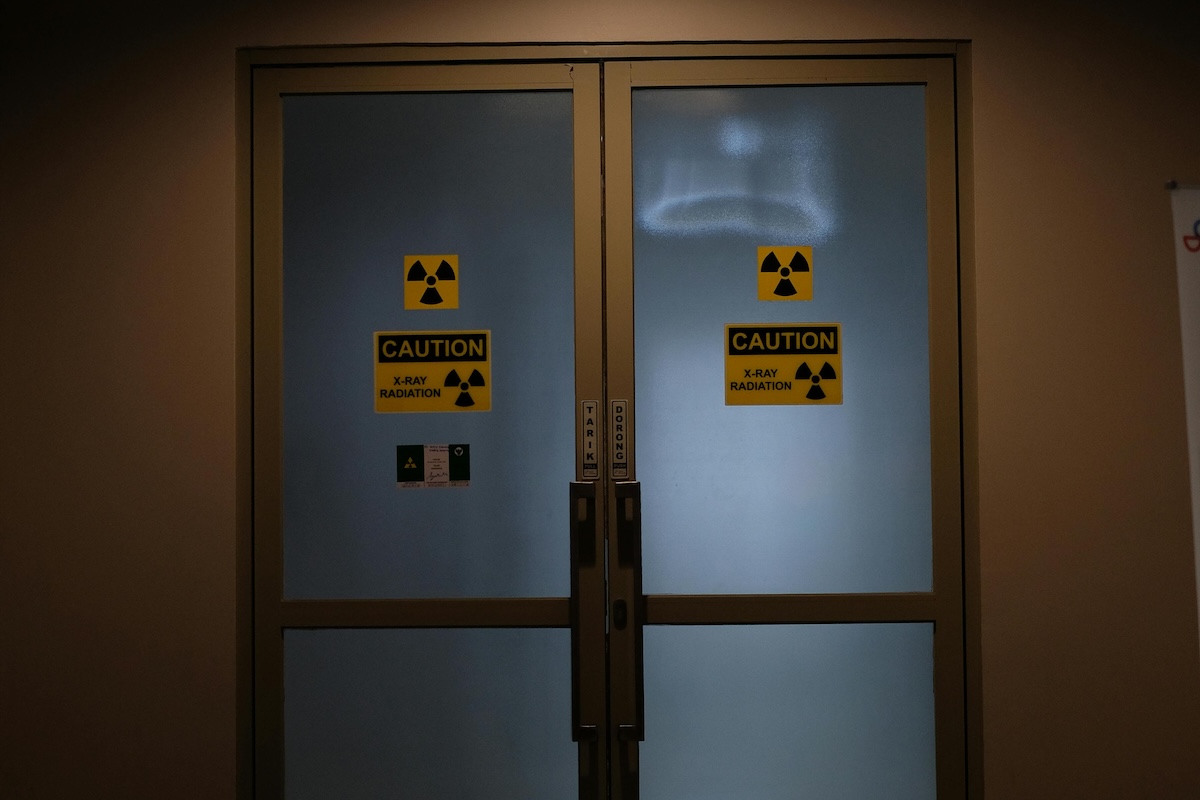I, II, III . . . . GO! The Beginning is the End of ECR

It is fitting that the first should be last. The long-awaited revisions of USML Categories I, II, and III are now imminent and will bring the Export Control Reform (ECR) initiative, which began under the Obama Administration, very close to completion.
As compliance experts will remember, the ECR initiative began in 2010 to streamline the USML by tightening its definitions and relaxing controls on less-lethal items. The plan was to transfer select items to the CCL where the manufacturers would benefit from less onerous regulations, but the government would still retain significant, but nuanced, controls to ensure that export policy objectives were attained. The objectives were seen as win-win-win: that is: 1) a USML list of fewer items and reduced licensing burden for DDTC, 2) lower costs and more nuanced licensing requirements for exporters, and 3) retention of controls for items transferred to the EAR with identified targeted purposes, notably national security, nonproliferation, anti-terrorism, human rights or other foreign policy purposes.
Change is never easy however. The process—to sort out the issues, balance the arguments, create new regulations, and finally obtain the necessary authorizations to split the jurisdictions of these last three USML Categories—has taken more than a year and a half. It required the notification of Congress to publish final rules by both State and Commerce and the coordinated participation of the Departments of Defense, Commerce, State, Homeland Security and Justice.
The initiative is not without controversy. Critics fear this change will liberalize arms-control policy and make it easier to export U.S. weapons throughout the world, but a closer look does not validate that criticism. While the proposed changes will enable exporters to more easily obtain export authorizations for a limited subset of firearms and related items, the internal review processes, interagency requirements (continuing State Department and Defense Department oversight) and the delegation of authority agreements will together ensure continued compliance with United States Conventional Arms Transfer Policy, Policy on Export of Unmanned Aerial Systems, and various other international Export Control agreements.
Let’s allay a few other specific concerns. First, the proposed rules do not transfer to Commerce any firearms or related items that perform an inherently military function or provide a critical or intelligence advantage. Further, the new rules do not decontrol any exports of firearms or ammunition but rather move the licensing jurisdiction of these less lethal items from State to Commerce. Finally, these reforms do not have any effect on Americans’ Constitutional Second Amendment rights.
On the affirmative side, items currently listed in categories I, II and III which are available at retail outlets in the U.S. will soon be moved to the 500 and 600 series of Category 0 of the CCL where several benefits are foreseen for exporters. BIS does not have a registration process or licensing fees and it waives the requirement to have an order from the foreign importer. For exports to NATO and U.S. ally destinations, License Exception STA may apply, allowing a reduction in export paperwork. These changes alone are significant in reducing regulatory burden and expense.
So, what will be left in Categories I, II, and III? Summarized broadly, Category I will still include fully automatic firearms, silencers and sound and flash suppressors, machine guns and combat shotguns; Category II will retain all inherently military items such as howitzers, mortars, cannons, grenade launchers, flame throwers, ordnance launching apparatus, etc.; Category III will retain all ammunition, except for those types designed for the Category I and II weapons transferring to the CCL.
If all goes as planned, these changes will clarify what items are controlled on each list, thereby reducing jurisdictional confusion. It should also help exporters, particularly small businesses, gain simpler, cheaper authorizations for their commercial firearm exports while allowing the U.S. authorities to maintain prudent compliance oversight. For the Export Control Reform initiative, recently rebranded into the Export Control Reform Act, the changes to I, II, and III will finally bring the beginning to the end.










